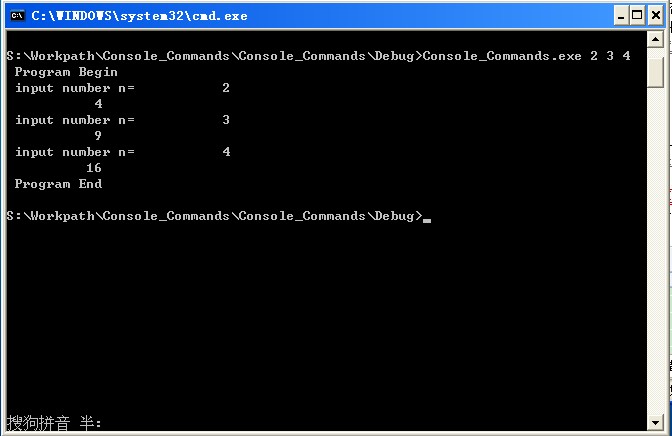

Olivier Couet, who after a successful development and maintenance of PAW, has joined the ROOT team in 2000 and has been working on the graphics sub-system. They have been working with the ROOT team since 2000. Despite being 8 time zones ahead of us, we have the feeling he has been sitting in the room next door since 1995.Īndrei and Mihaela Gheata (Alice collaboration) are co-authors of the ROOT geometry classes and Virtual Monte-Carlo.

Masaharu Goto wrote the C++ interpreter CINT that was an essential part of ROOT before ROOT 6. Here we would like to thank our main co-developers and contributors: Over the last five years, many of our “customers” became co-developers. This is precisely how ROOT is being developed. The essence of that method is: “release early, release often and listen to your customers”. In 1997, Eric Raymond analysed in his paper “The Cathedral and the Bazaar” the development method that makes Linux such a success. We estimate the current user base to be around several thousand people. In the other sciences as well as the medical and financial industries, many people are using ROOT. Currently it is being used in all major High Energy and Nuclear Physics laboratories around the world to monitor, to store and to analyse data. Since its first public release at the end of 1995, ROOT has enjoyed an ever-increasing popularity. This gave us enough confidence in the new technologies to decide to continue the development. Finally, after about four months we had a histogramming package that was faster and more efficient than the well-known FORTRAN based HBOOK histogramming package. Again, a few weeks later we had another rewrite of the package without templates since we could only compile the version with templates on one single platform using a specific compiler. A few weeks later we had a rewrite of the same package using the, at that time, very new template features of C++. After a few weeks, we had our first histogramming package in C++. We knew that there is no better way to learn a new programming environment than to use it to write a program that can solve a real problem. In late 1994, we decided to learn and investigate Object Oriented programming and C++ to better judge the suitability of these relatively new techniques for scientific programming. If you think some information should be imported in the ROOT Reference Guide or in the ROOT Manual, please post your request to the ROOT Forum or via a Github Issue. Instead please refer to the ROOT Reference Guide and the ROOT Manual. Some part might be obsolete or wrong, some part might be missing but still some valuable information can be found there. WARNING: This documentation is not maintained anymore.



 0 kommentar(er)
0 kommentar(er)
